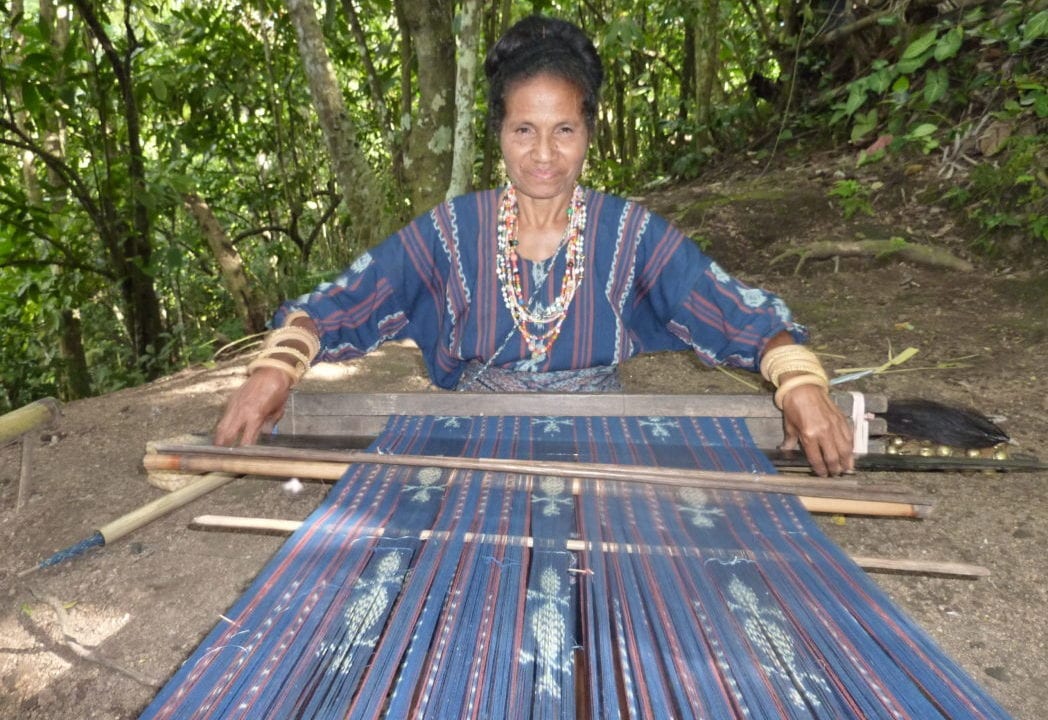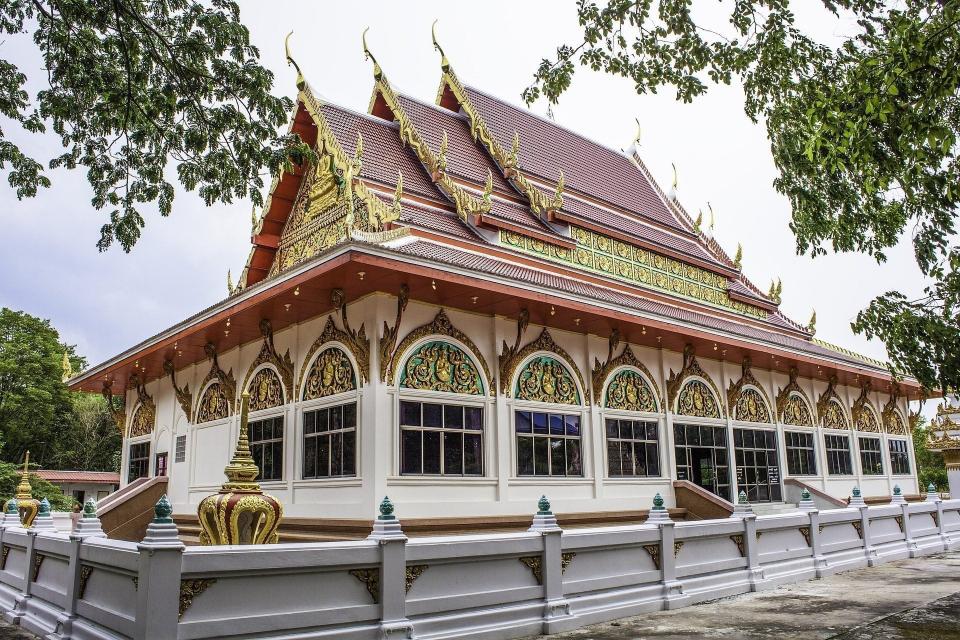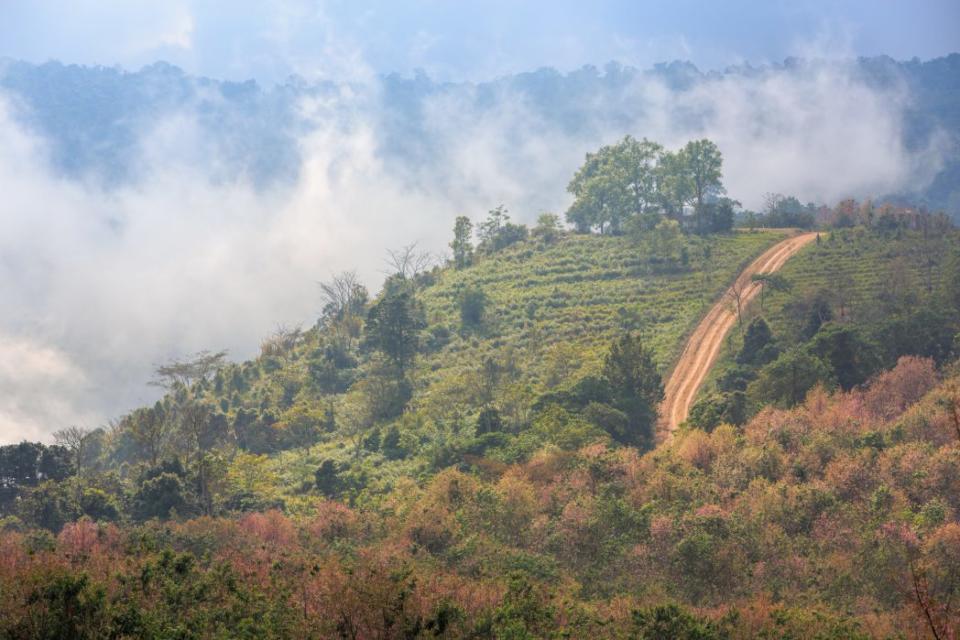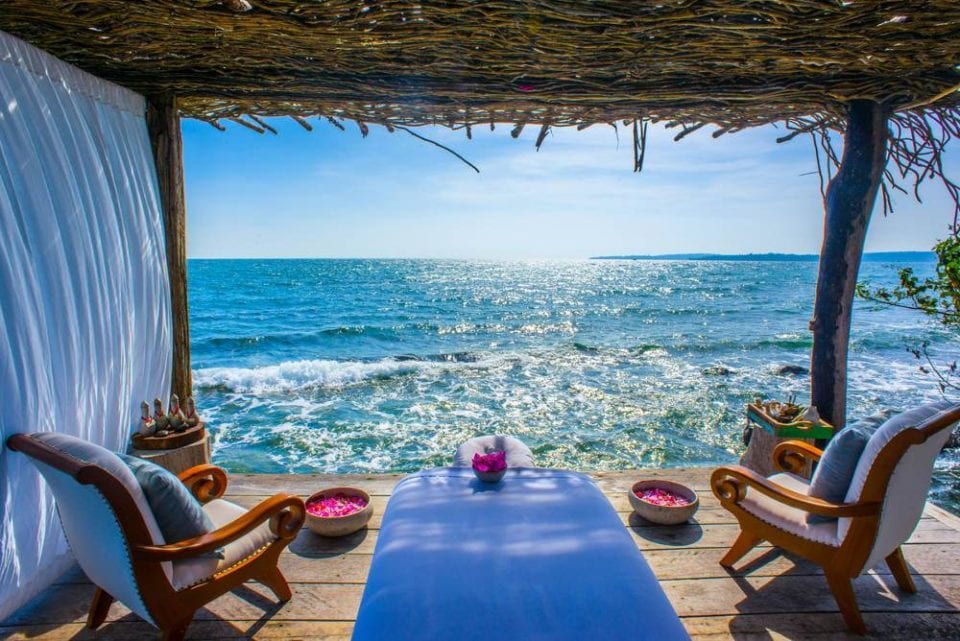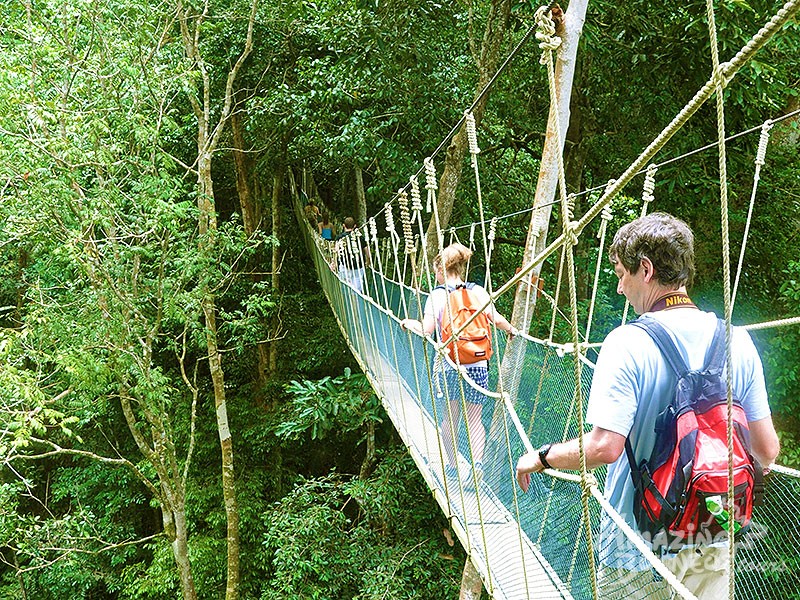Flores Overland
Flores (Indonesia): Maumere, Moni, Bajawa, Ruteng, Labuan Bajo
From $2,022 AUD pp (2 pax)
Flores is adventure, diving, eco-tours, and mountain climbing and prehistoric heritage sites, traditional villages and cultural events. Flores has good snorkeling and scuba diving in several locations along the north coast. The Komodo National Park is held up as a role model for other parks throughout the Indonesia, and the reefs and marine life are in good condition.
Flores Island is 14,000 square kilometres and very mountainous. The island is 380 kilometres long and it is 66 kilometres wide with a population of 2 million. The narrowest point is between Maumere in the North and the village Sikka in the South. Flores is in the volcanic zone that extends from Sumatra across Java and Bali to the Banda Sea. There is only one road from Eastern Flores to Western Flores.
Komodo National Park, was founded in 1980 with the aim of protecting the endangered Komodo dragon. As the park is not only the last sanctuary for the Komodo dragon but also a unique area of marine biodiversity, it became a Man and Biosphere Reserve in 1986 and entered the list of UNESCO’s World Heritage Sites in 1991.
Bena Village is a community at the foot of Mount Inerie, is the most famous and also most visited village in the Ngada district. With its impressive stone formations and ancestral shrines, as well as traditional houses, Bena has turned into a signpost for Ngada culture.
Wae Rebo is an old Manggaraian village, situated in pleasant, isolated mountain scenery. The village offers visitors a unique opportunity to see authentic Manggarai housing and to experience the everyday life of the local community. In the village of Wae Rebo, visitors can see mbaru niang – traditional, circular cone-shaped houses with very unique architecture.
Mount Kelimutu, with its tri-colored crater lakes, is the most amazing natural phenomenon in Flores. Beyond that, the ‘steaming mountain’ is also the island’s most famous tempat angker, or mystical, haunted place. There are many myths about the origin of Kelimutu. This is one of the reasons why Mount Kelimutu was, and still is a sacred place for the local people. Over the years, the three crater lakes have often changed color.


